In this article
It’s growth time for your baby. First food choices can be confusing. There are a lot of options to consider, so where do you start? You want to be careful to introduce only one thing at a time to ensure your baby doesn’t have an allergic reaction to something specific. Let’s dive into the 12 best first foods for your baby as advised by licensed dietitian Bridget Swinney.
Note: Before starting any new foods, make sure to consult with your pediatrician, who can advise on any particular dietary or other restrictions that may be specific to your baby.
How to start baby on solids: Cereals
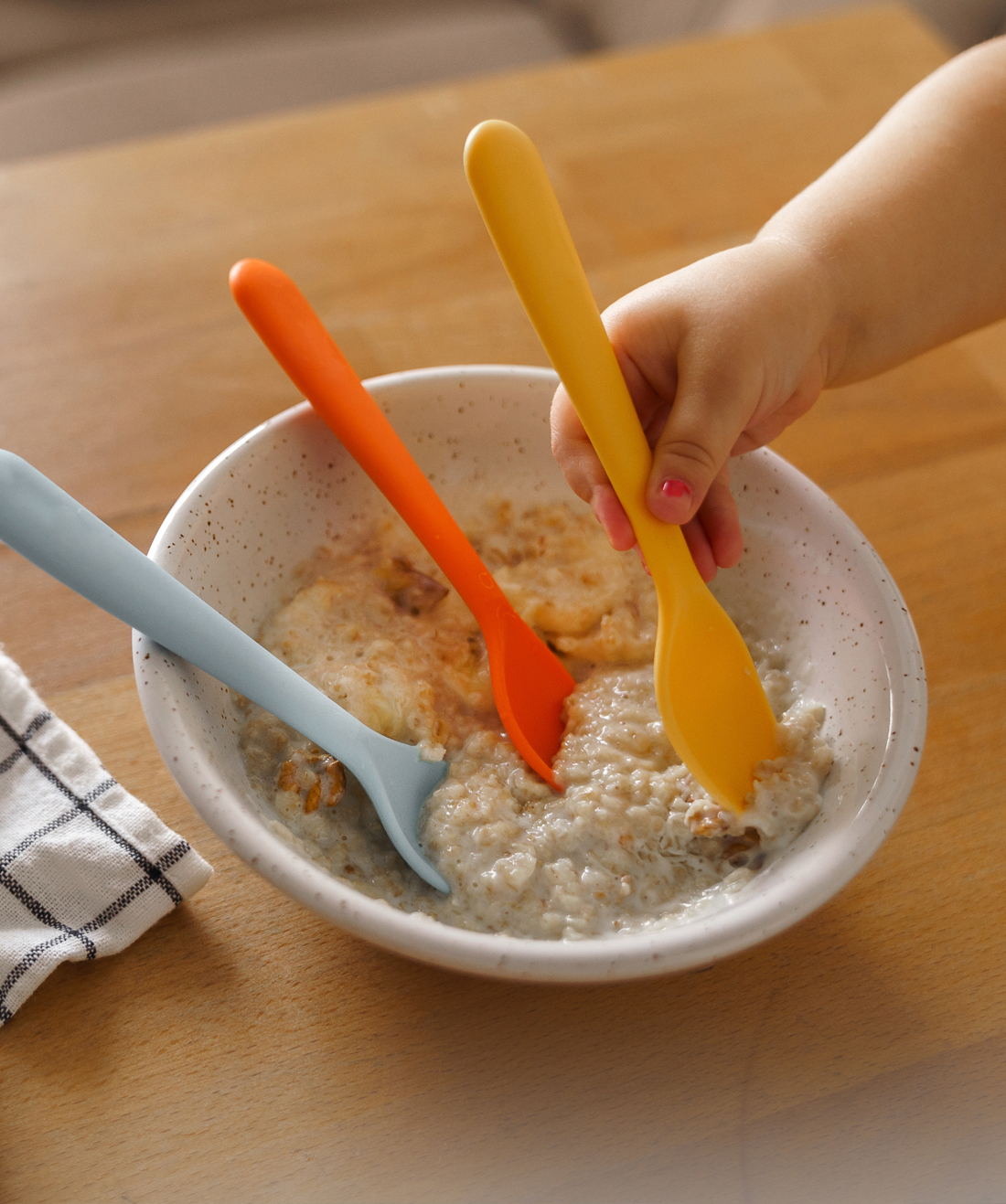
Food: Plain rice cereal, brown rice cereal, and other whole-grain cereal purees
Best Time to Introduce: Plain rice cereal at 4 to 6 months. At 5 to 7 months once baby is past the plain rice cereal stage, introduce brown rice cereal and other whole grain cereal purees.
Why: Whole grains contain fiber, so they’re more filling and add bulk so your baby will have proper poop. More vitamins and minerals occur naturally in the bran of the grain.
More from Mom.com: When Do Babies Start Eating Solid Food?
Iron-clad
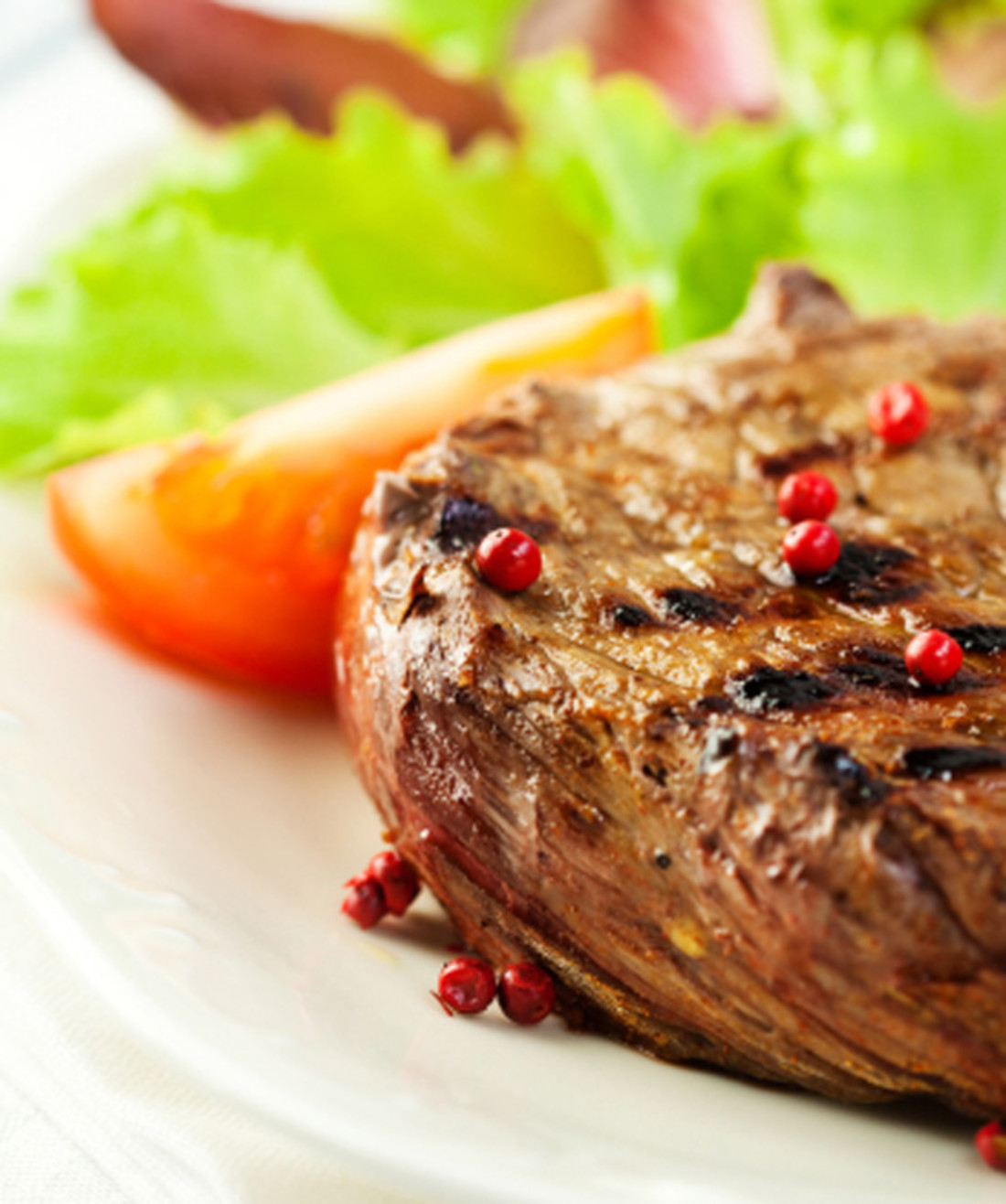
Food: Pureed lean beef (naturally raised or organic)
Best Time to Introduce: At 4 to 6 months, instead of rice cereal
Why: Beef is an excellent source of iron, zinc, choline (a vitamin important for brain development), B vitamins, and other minerals. Babies begin running low on iron stores at around 4 months, which is why it’s a good time to start solids. Some experts also believe that introducing protein first is better than starting with carbohydrates.
Serving Tip: Use a cut of meat such as top round or bottom round. After cooking it, puree the meat to the right consistency. “I pureed food so I knew exactly what was in them and so I could make my own flavor combinations,” mom of two Michelle Meredith told Mom.com.
Perfect for baby's first food list
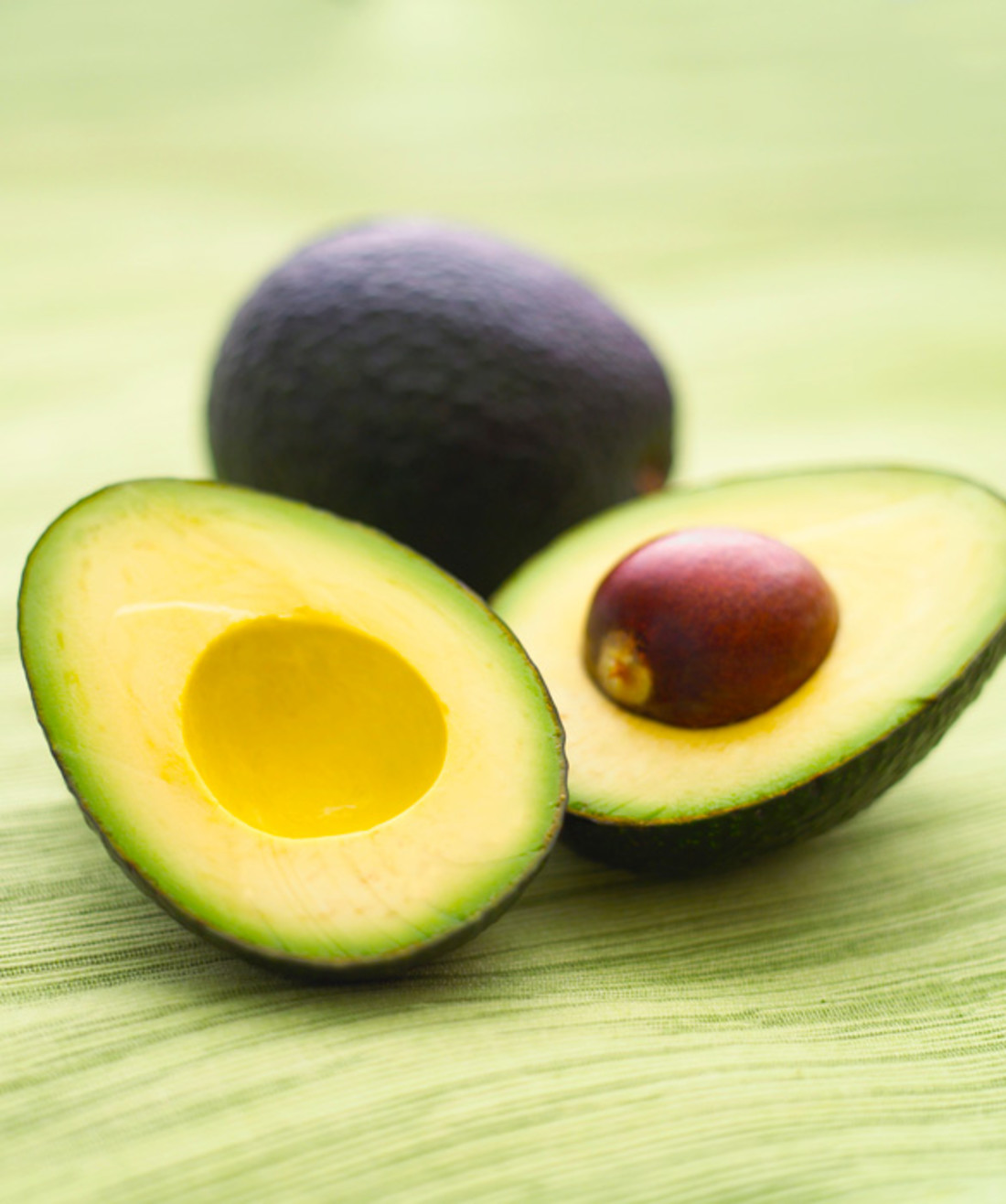
Food: Ripe avocado
Best Time to Introduce: At 6 months or later
Why: Avocado is a great first fruit that can be served without cooking. It’s also soft enough to mash and mix with breast milk or formula, if needed. Avocado is an excellent source of potassium, folate, healthy monounsaturated fat, and lutein, an antioxidant important for vision and brain development.
More from Mom.com: Delicious Baby Food Recipes to Get Started on Solids
Great grains
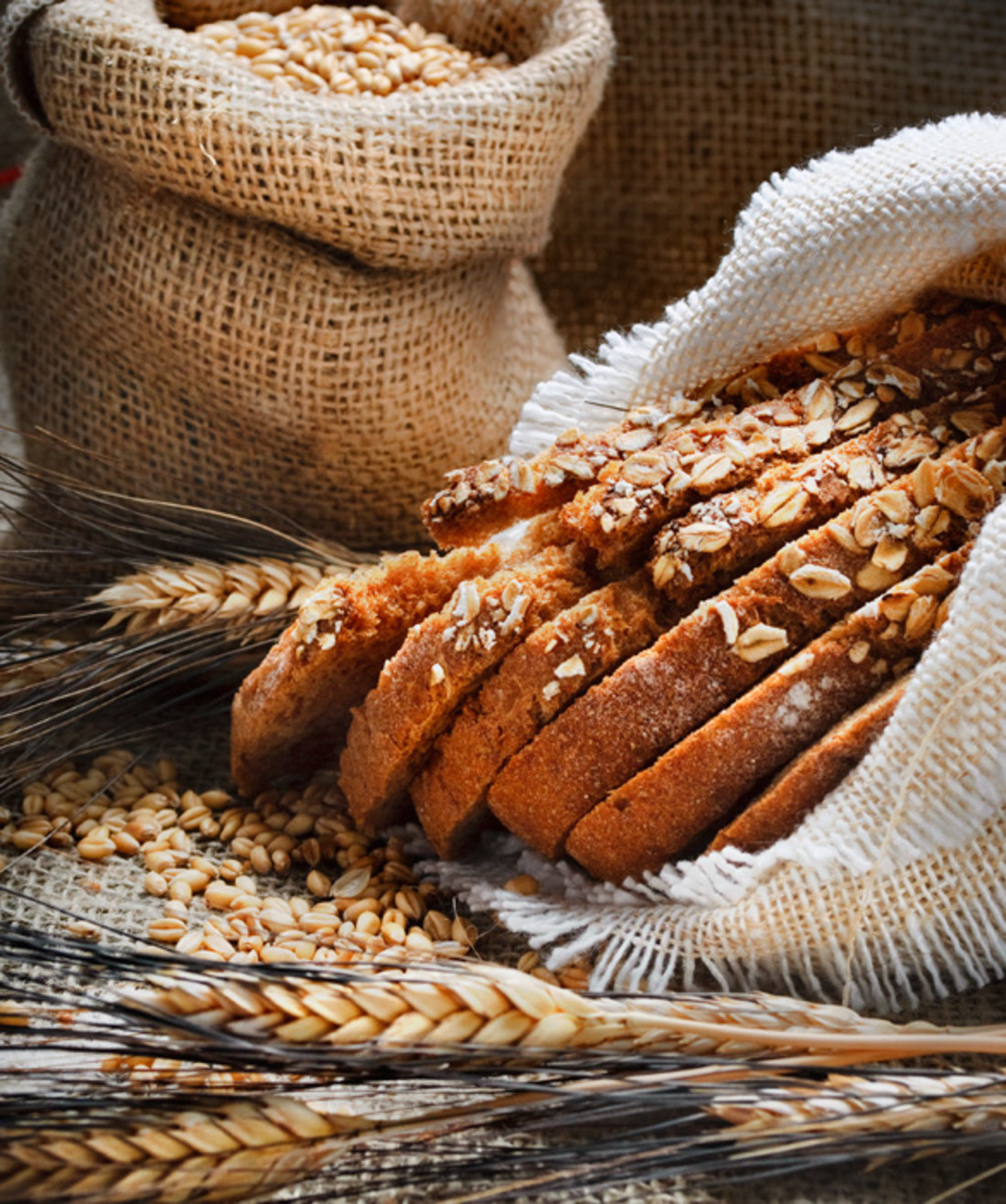
Food: Foods that contain gluten, such as wheat, rye, barley, and oats
Best Time to Introduce: In small amounts at 4 to 6 months
Why: “Recent studies have shown that introducing babies to allergenic food early in life can actually help prevent them from developing food allergies later in life,” Erin Malawer from AllergyStrong told Mom.com. Research from European and American pediatric organizations shows that delaying gluten until a baby is older may actually increase the risk of gluten intolerance because, theoretically, the portions are larger. Giving your baby a variety of grains, however, will broaden their palate of tastes and give them different nutrients and types of fiber.
Serving Tip: Introducing baby to gluten-containing foods while you are still breastfeeding is best, since breast milk has been shown to lessen or delay allergenic conditions.
Baby food recipes: Palate push
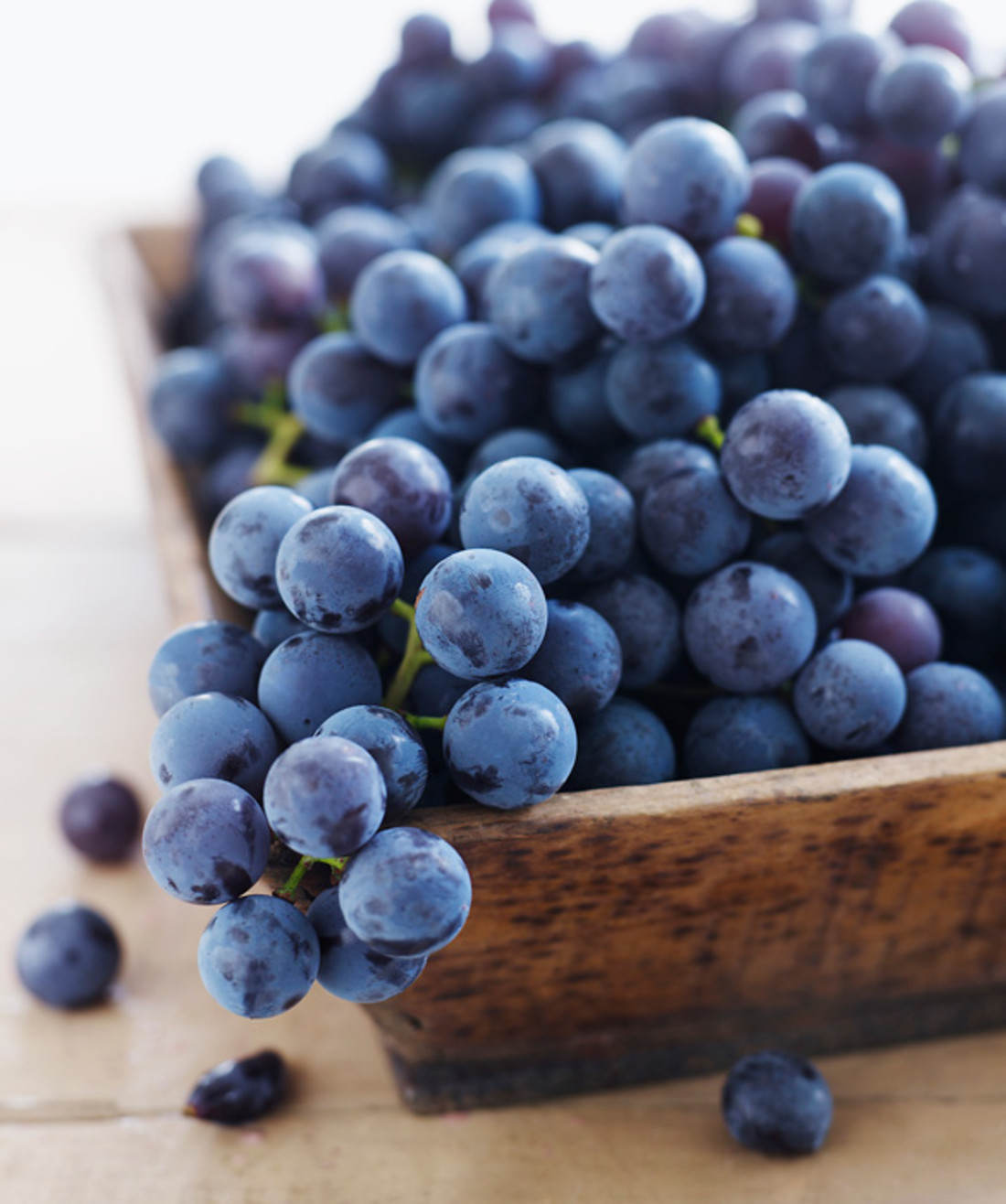
Food: Fruits and vegetables
Best Time to Introduce: At 6 to 7 months
Why: The more fruits and veggies baby is introduced to early on, the more likely they are to eat them later. Prepare these yourself to make sure your baby expands their palate. (You won’t find mango, papaya, kale, broccoli, asparagus, or artichoke in a jar.) Fresh fruits and vegetables are rich in benefits that won’t be found in formula and only in breast milk if mom eats these foods.
Beany babies
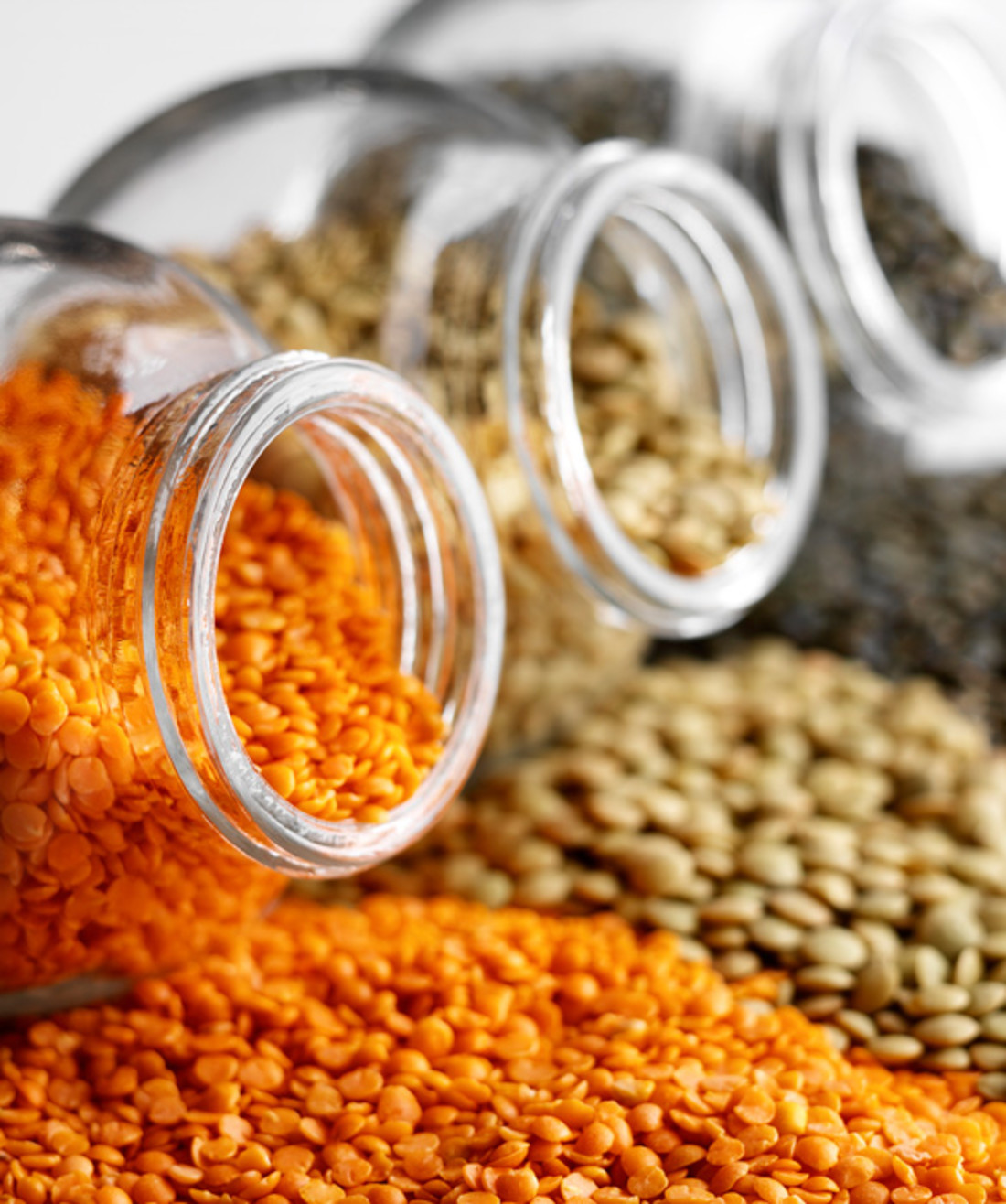
Food: Lentils, split peas, and mashed beans
Best Time to Introduce: At 7 to 10 months
Why: Whole, smaller beans make for great, if messy, finger foods and are especially good if baby has an aversion to other protein foods due to their texture. These, and mashed larger beans, are an excellent source of fiber, protein, folate, and other B vitamins and minerals, such as iron and zinc.
Serving Tip: To increase absorption of iron from beans, serve with vitamin C-rich food like mango, watermelon, cantaloupe, berries, citrus, broccoli, red peppers, tomato, or vitamin C-rich juice.
More from Mom.com: Ideas for Babies Who Don’t Want to Eat Solid Food
Protein power
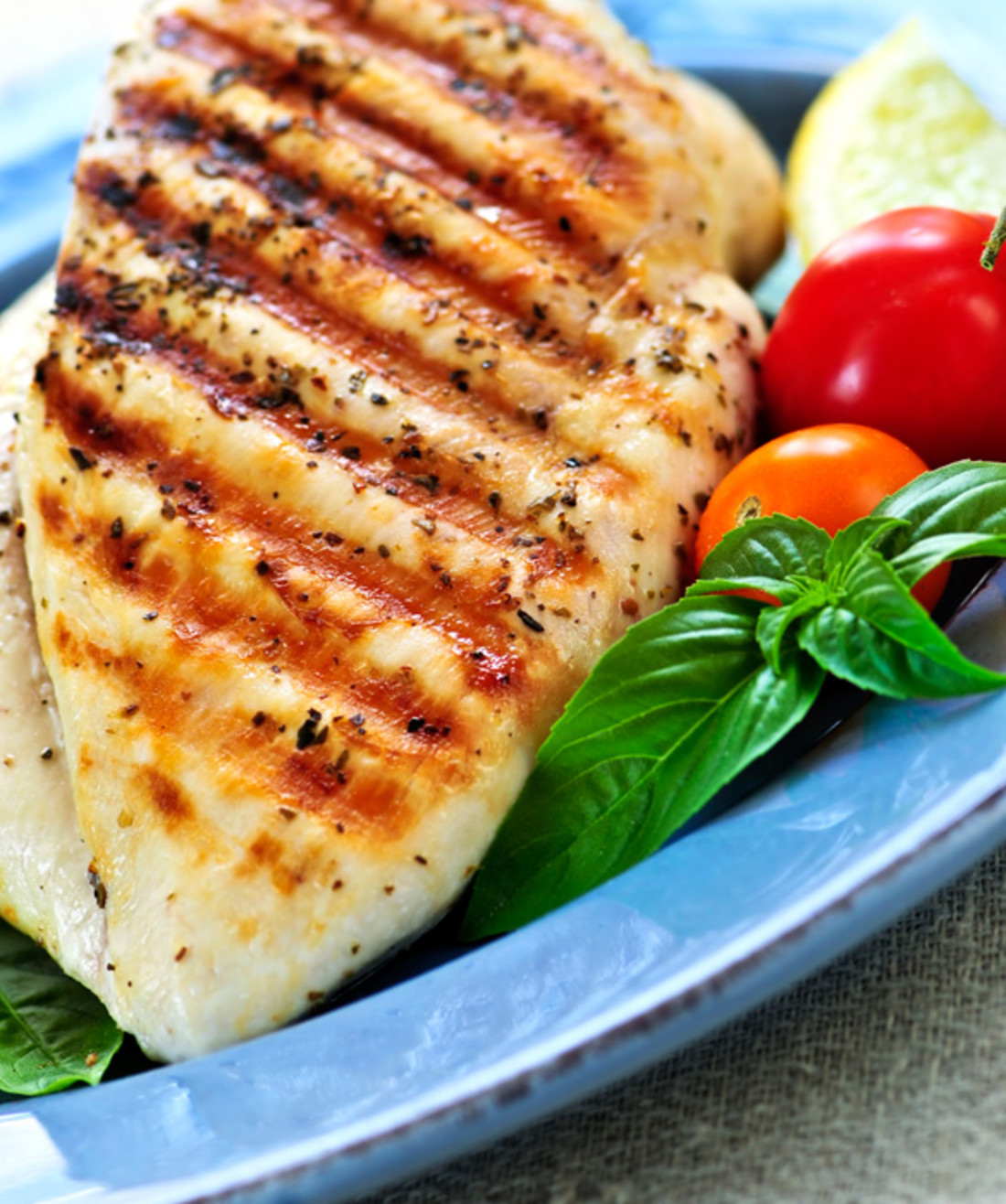
Food: Meats such as beef, lamb, chicken, and turkey
Best Time to Introduce: At 7 to 10 months
Why: Baby’s protein needs are increasing, and it’s important to introduce the texture of these foods. They also contain iron, zinc, selenium, and many B vitamins. Make sure to puree or mince into small pieces for safe eating.
Finger food
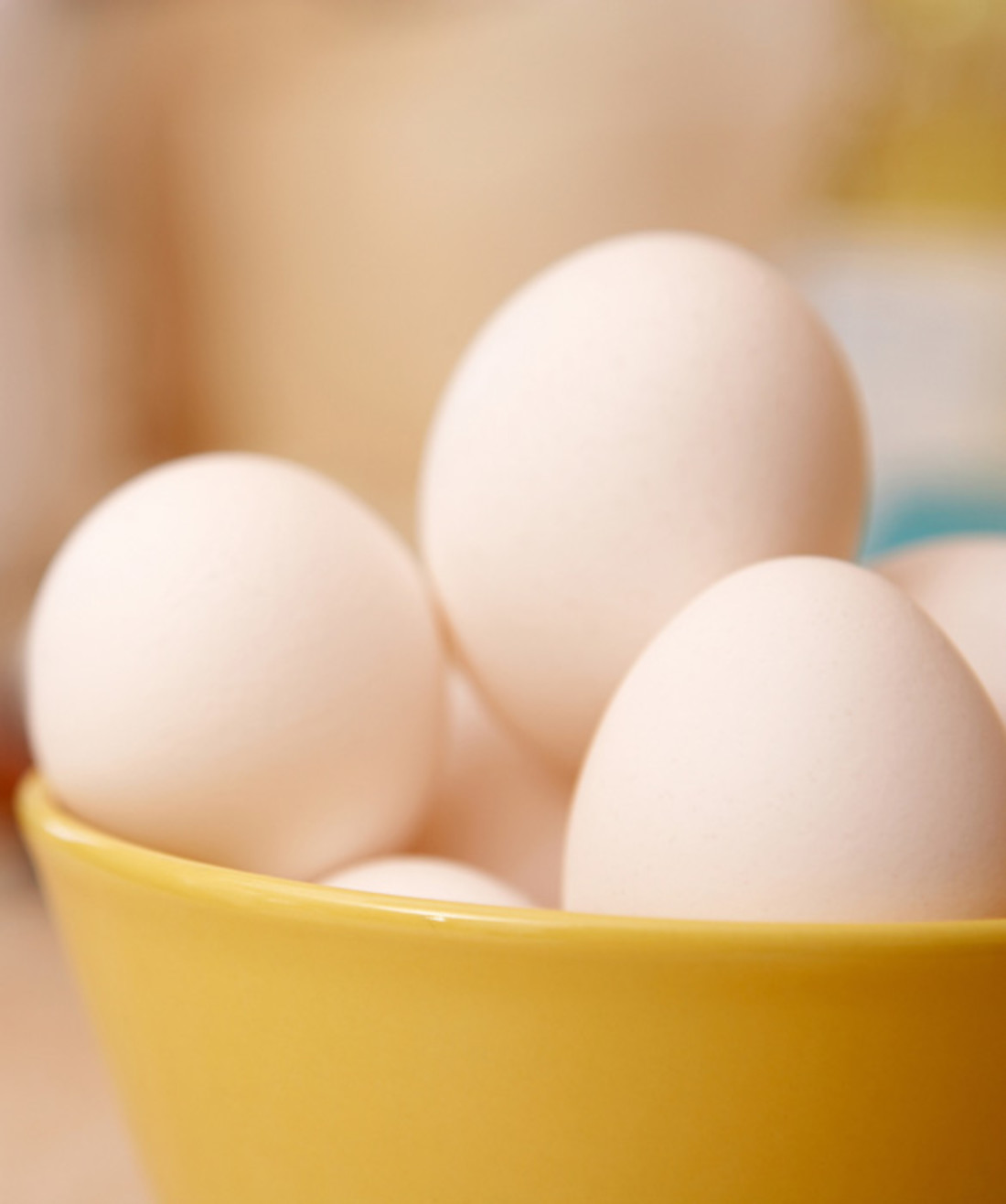
Food: Eggs
Best Time to Introduce: At 8 to 10 months, or sooner
Why: Eggs are high-quality protein and can be a good finger food. They contain choline and lutein, and some eggs also contain more DHA and vitamin E.
What about allergies? According to the American Academy of Pediatrics, there is little evidence that delaying the introduction of certain foods will protect against the development of predisposed — or atopic — disease, which includes asthma and allergies. If there is a strong family history of allergies, consult your physician for individual recommendations.
Brain food
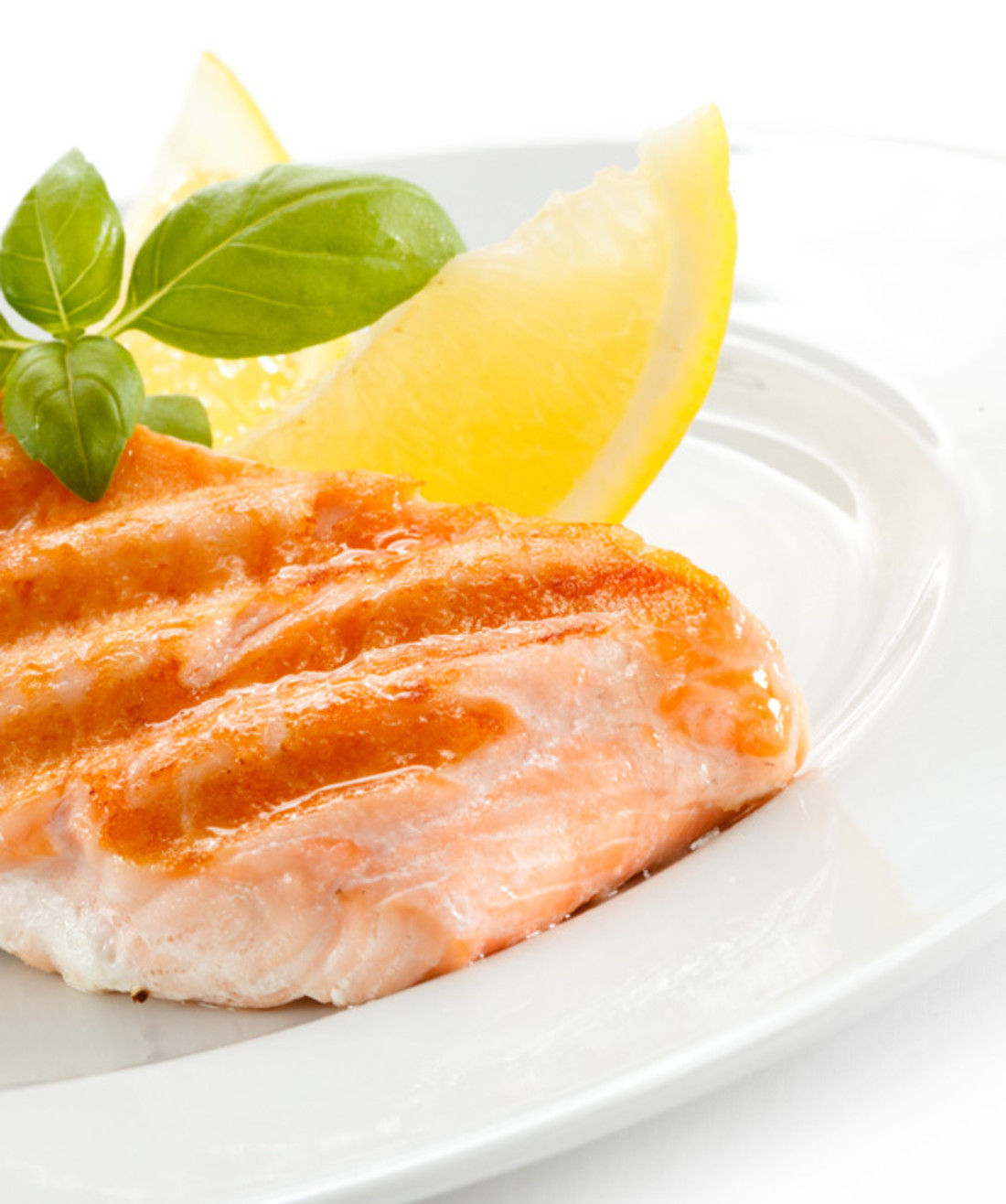
Food: Salmon and other low-mercury fish
Best Time to Introduce: At 8 to 12 months
Why: Salmon is an excellent source of DHA, which is important for brain development that continues for a few more years. Make sure to cook fish without the skin, and make sure there are no bones.
Immunity boost
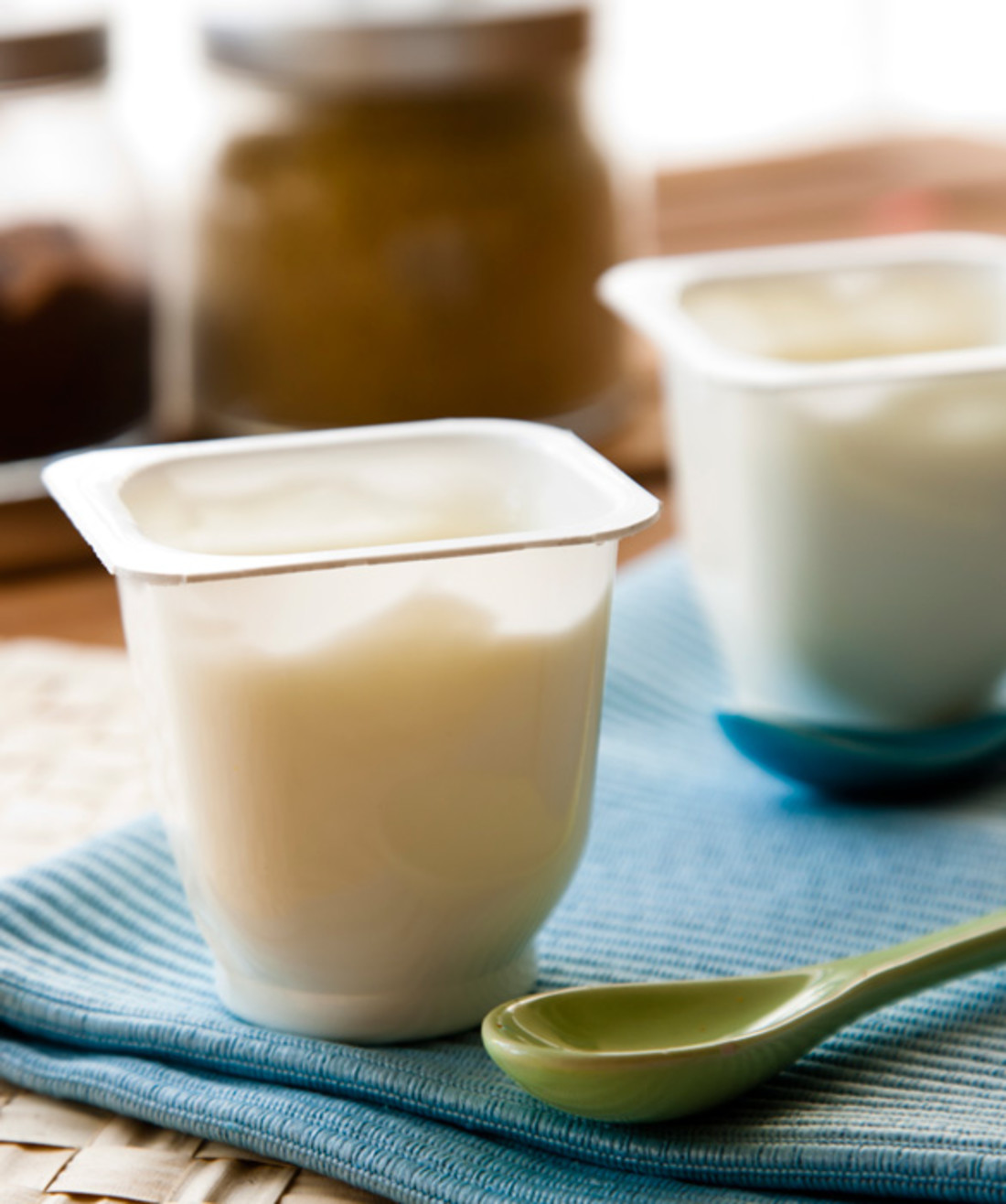
Food: Whole-milk yogurt and other probiotic dairy foods, such as kefir and cheese
Best Time to Introduce: At 8 to 12 months
Why: While it’s not a good idea to switch your baby to whole milk as a beverage until they turn 1, small amounts now are fine. As baby eats more table foods, they are more likely to have small amounts of dairy in their diet anyway. Probiotic foods promote a healthy digestive tract and immune system. Make sure all cheese has been pasteurized, as soft cheese has been linked to the listeria bacteria.
Allergy effects
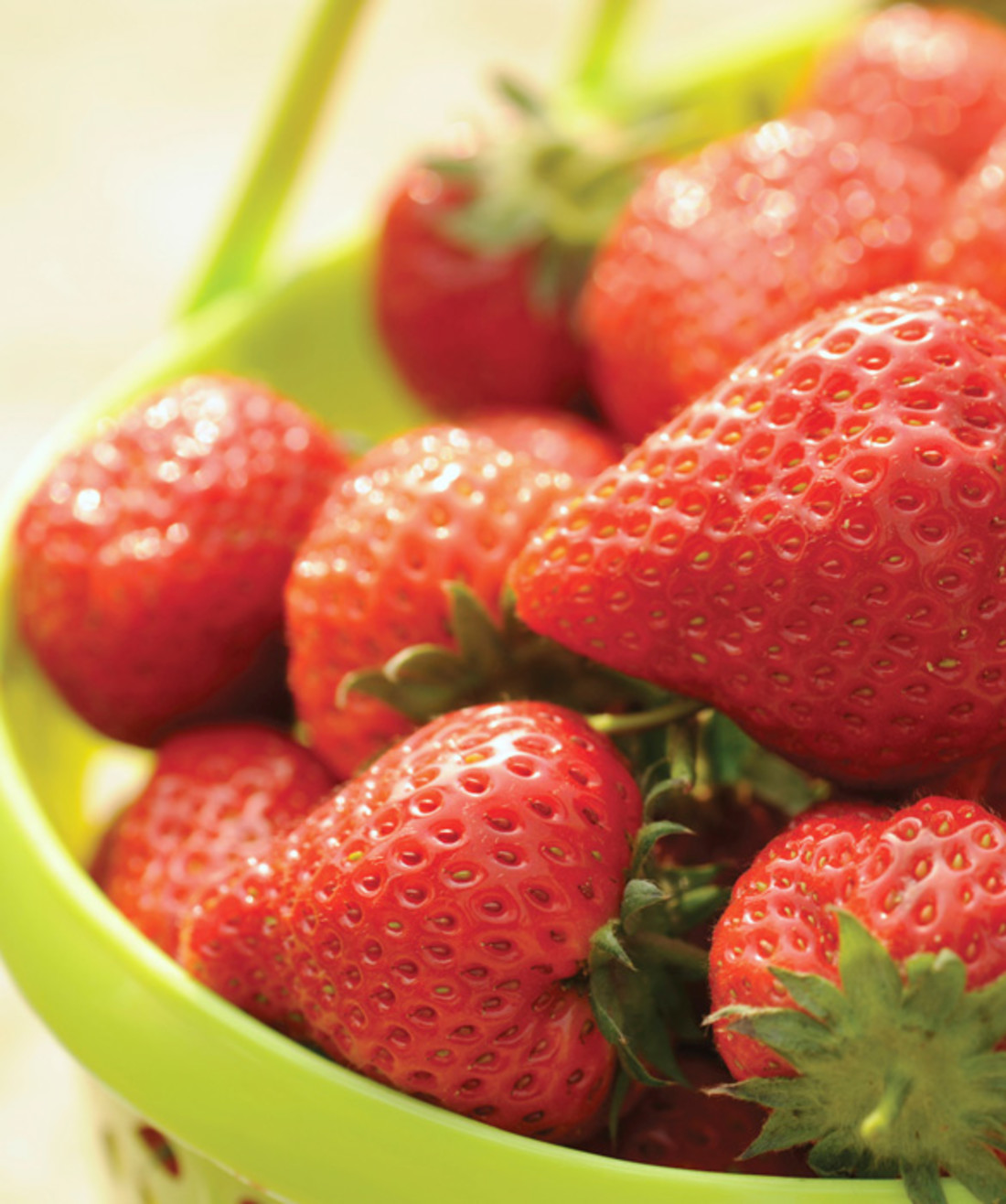
Food: Citrus and strawberries
Best Time to Introduce: At 9 to 12 months, or later
When: Citrus fruits are more acidic, and sometimes baby’s skin is more sensitive to that. While in the past these foods may have been delayed until age 1, offering them earlier may help prevent food allergies. If you or your pediatrician are concerned about these foods, it shouldn’t be a problem to wait a little longer after introducing other fruits and vegetables.
Mix it up
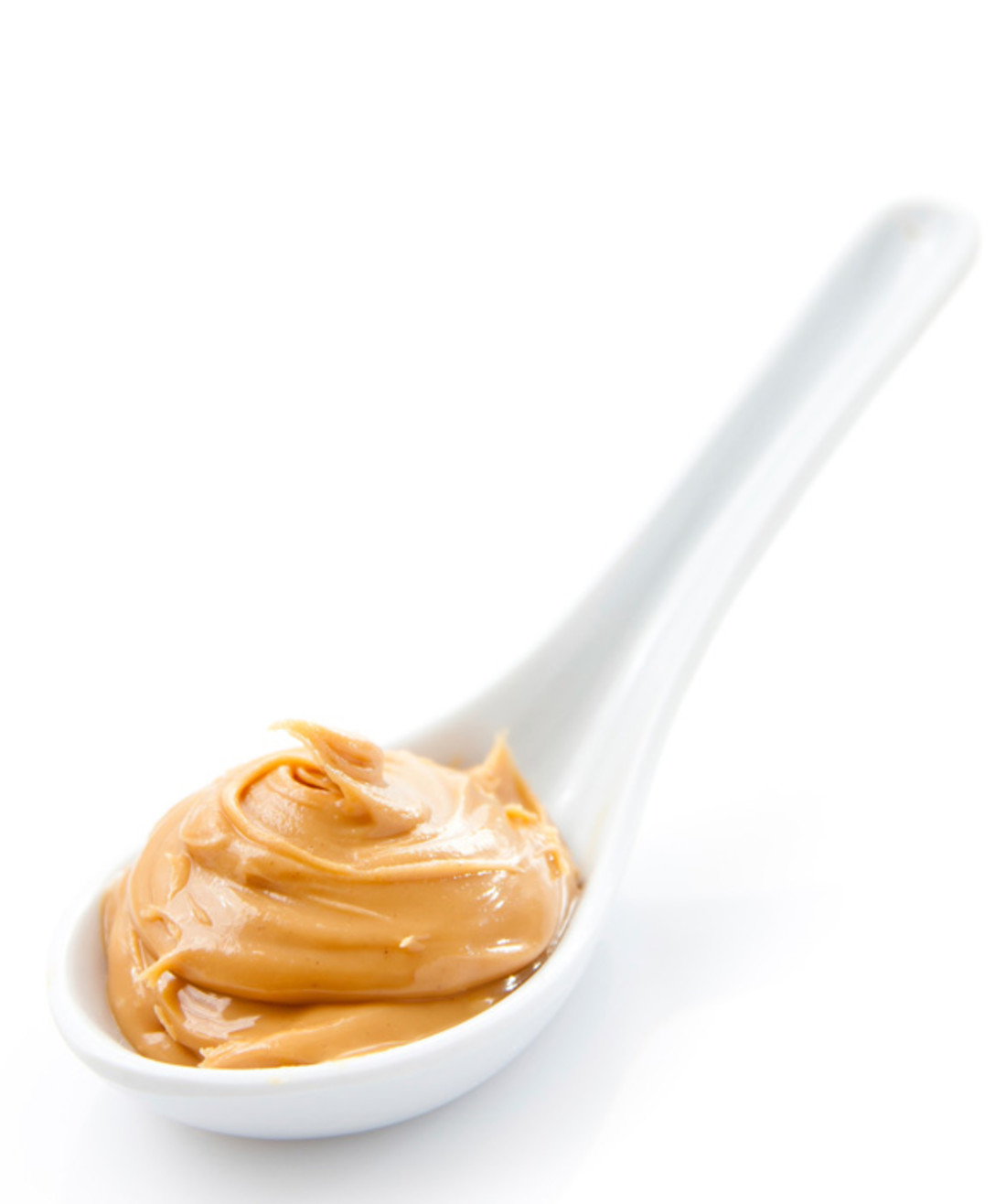
Food: Nut and seed butters
Best Time to Introduce: At 10 months to 3 years
Why: This nutrient-rich protein food contains healthy fats, protein, and minerals.
Caution: Nut butters can be a choking hazard, so they should be mixed with mashed banana or applesauce until toddler age, or until baby can handle it thinly spread on toast or crackers. Make sure to consult with your pediatrician before introducing any nut and seed butters into your baby’s diet. If nut allergies are a concern, the doctor may suggest sunflower seed butter.
How to start baby on solids: Safety considerations
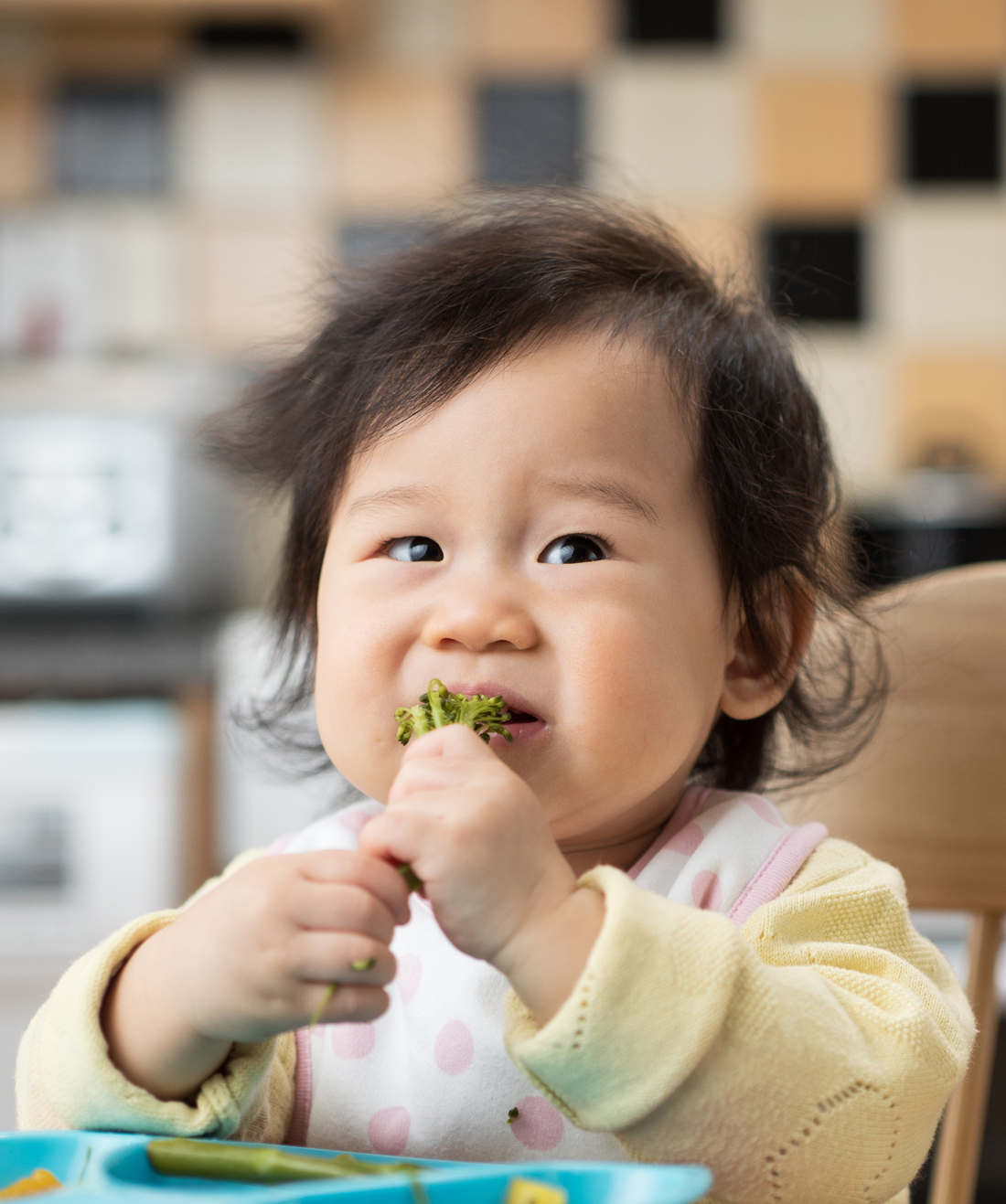
Keeping your baby healthy means choosing the right foods and avoiding anything that might increase the risk of choking, illness, or allergies.
- Small foods such as grapes and peanut butter are common choking hazards. Cut grapes into small pieces, and make sure peanut butter is spread thinly.
- Honey can cause infant botulism and should be avoided until your baby turns 1 year old.
- Introducing your child to different foods early on can fend off the development of certain allergies, but always consult with your pediatrician first.




